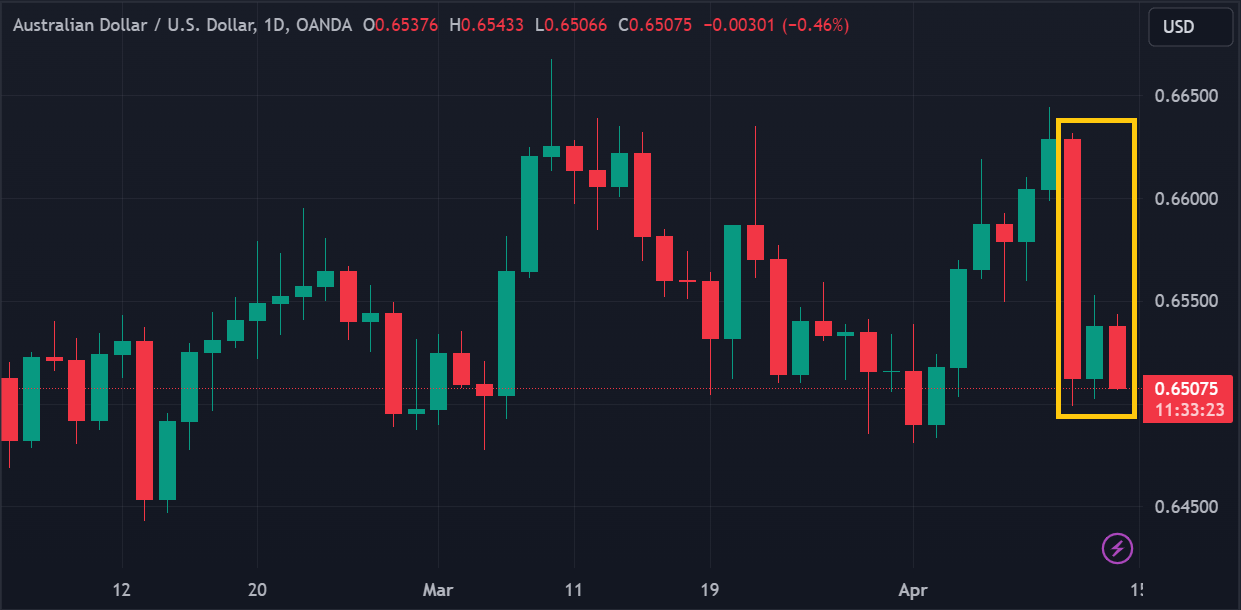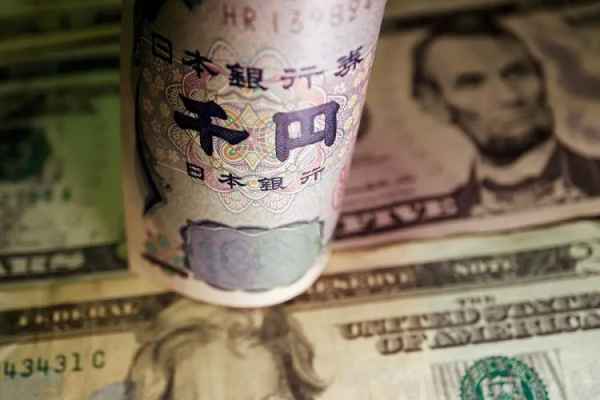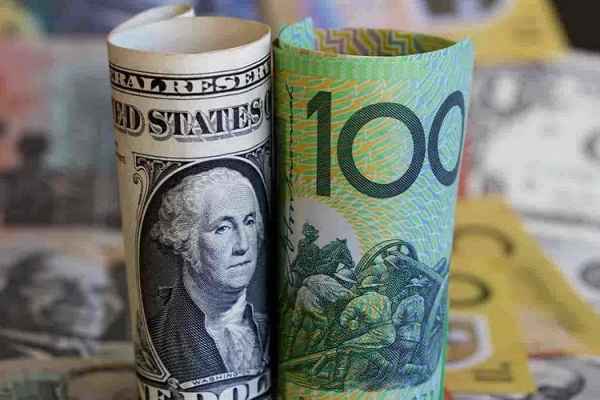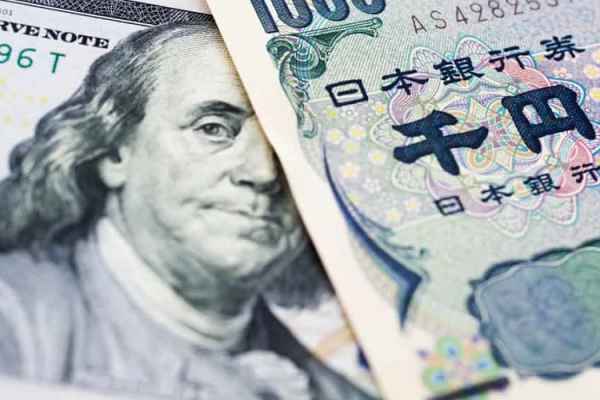AUDUSD's rebound attempt was derailed by the publication of China's Trade Balance. The Asian economic giant may not experience a recovery as previously expected.
The Australian Dollar exchange rate crashed against the US Dollar on Wednesday's trading day due to the release of fantastic US inflation data. AUD/USD then attempted to climb but was tripped up by the publication of China's disappointing Trade Balance in Friday's trading (12/April). AUD/USD fell 0.5% to the 0.6500 range as it entered the European session.

China's Trade Balance posted a surplus gain in March 2024, but growth was slower than consensus expectations. Import-export data also fell very sharply.
China's exports recorded -7.5% (y/y) in March 2024, posting its worst slump since August 2023. China's exports grew by +7.1% (y/y) in February. Imports also fell to -1.9% (y/y) in March 2024, missing consensus expectations and the previous period's growth.
The figures triggered a strong reaction from financial market participants. The Shanghai 300 collapsed to its lowest level since February. It also hurt the Australian Dollar, as China is the largest export market and one of the main sources of foreign exchange for the Kangaroo Country.
Sean Callow, currency market strategist at Westpac, commented, "The Australian Dollar's slump seems once again to be related to China's faltering, putting it just above the lows following the release of US CPI data. The Shanghai Shenzhen CSI 300 is on track for its seventh consecutive daily decline."
Some market participants are worried that China will not experience an economic recovery in 2024 as expected. Such concerns trigger risk-off actions that hurt high-risk assets - such as the Aussie - and benefit safe haven assets - such as the Greenback -.
The US dollar rally was also significantly boosted by the release of CPI and PPI inflation data in mid-week. The US inflation rate moved away from the 2% target again, so market participants expect the Federal Reserve to keep interest rates high for longer.

 Dedicated FREE FOREX VPS
Dedicated FREE FOREX VPS Free FOREX Virtual Private Server
Free FOREX Virtual Private Server MT4 Demo Contest, Get $500
MT4 Demo Contest, Get $500 Sign Up for an Account, Claim 60% Deposit Bonus
Sign Up for an Account, Claim 60% Deposit Bonus Free MT4/MT5 VPS 2024
Free MT4/MT5 VPS 2024 Send E-mail and Get Free Merchandise
Send E-mail and Get Free Merchandise $1K Refer a Friend Bonus for Pepperstone Pro clients
$1K Refer a Friend Bonus for Pepperstone Pro clients Maximize Your Earnings with 100% Deposit bonus
Maximize Your Earnings with 100% Deposit bonus Trade to Win, $5,000 Monthly Demo Contest
Trade to Win, $5,000 Monthly Demo Contest Claim 30% + 15% Deposit Bonus from LiteFinance
Claim 30% + 15% Deposit Bonus from LiteFinance






